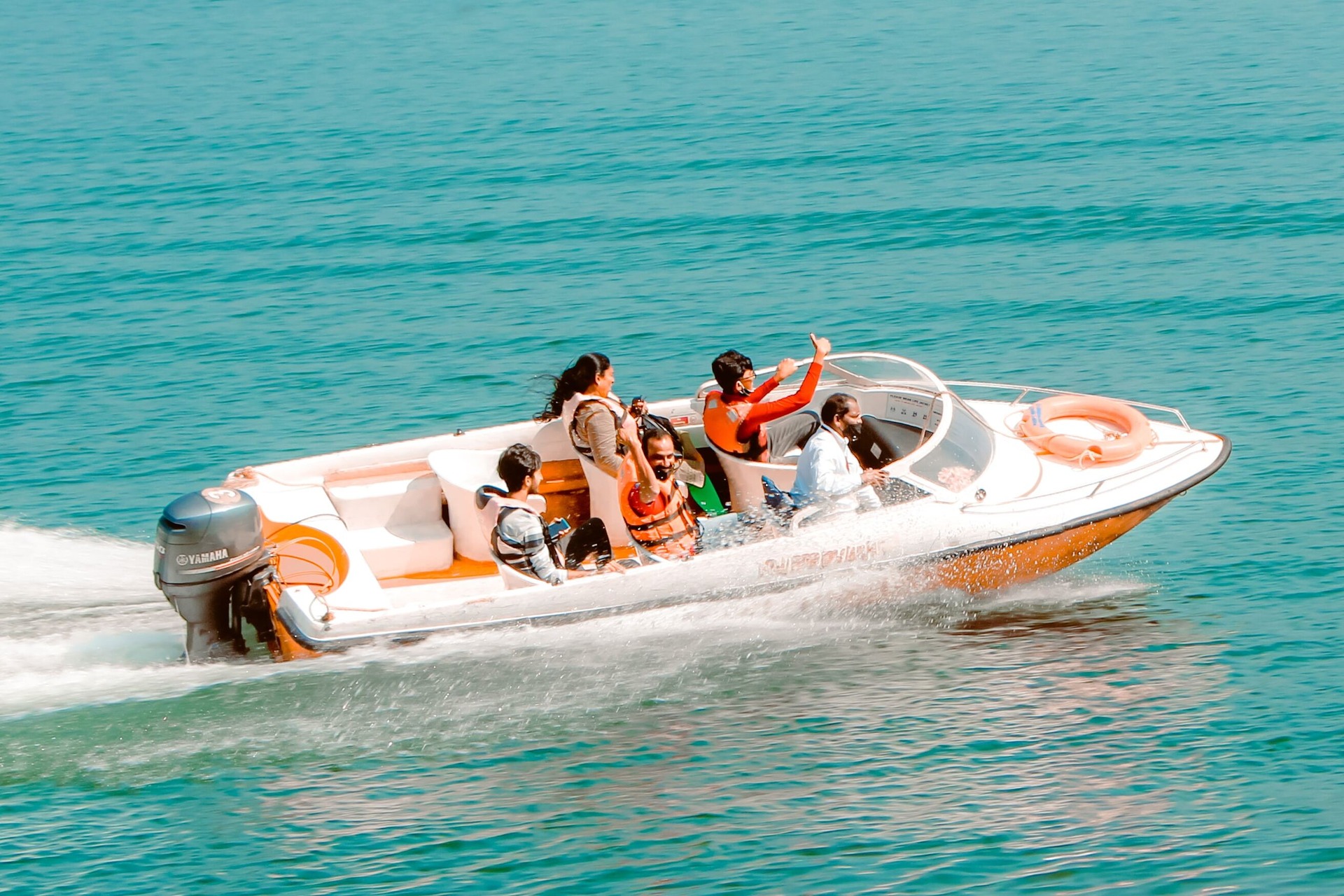How Driving a Boat Is Different From Driving a Car?
Sep 06, 2017

As an Amazon Associate, Modded gets commissions for purchases made through links in this post.
Driving a car can’t be that much different from driving a boat. They both have steering wheels and they both have motors — all you have to do is point it in the right direction and you’re good to go, right? That couldn’t be further from the truth. How is driving a boat different from driving a car, and what can you do to make your first time as a captain a little bit safer?
Know Your Boat
You don’t need to call port or starboard or wear an eye patch and a hook hand to be a safe boat operator. You do, however, need to know your boat. Take the time to learn the different idiosyncrasies of the particular boat you’re driving. If you’re renting a boat, ask the owner to show you any quirks or odd behaviors your rental might have.
If you own a boat, take time to maintain it. Cleaning and repairing your hull, working on the engine and improving the interior of the boat are all great ways to learn your craft inside and out. This maintenance also helps you find problems before they sneak up on you while you’re out on the water. Sea rescue is expensive if a faulty engine or leaky hull cause you to get stuck out at sea!
Water Is Not a Road
When you’re driving your car, the road is almost always solid beneath your wheels, ice and other poor weather conditions notwithstanding. On a boat, though, your road is made of shifting water and you’re constantly at the whims of the moving fluid beneath your hull. If you’re moving, it’s not usually a problem — the momentum of your craft overrides any currents or wakes you might encounter — but once you shut the engine off, you’re drifting. It doesn’t take much to push an unanchored boat into a sandbar or other watercraft or even run it aground.
Unless you’re in an earthquake, the road will stay under your car’s wheels. In a boat, the water is affected dramatically by changes in weather — a stiff breeze could leave you hopping from wave peak to wave peak and struggling to control your craft.
Don’t even get us started on airboats — where, instead of steering your boat with a propeller in the water, you glide along the surface and are subject to the whim of the winds.
Making It Safer
How can you make your trip to the lake safer if you decide to become captain for a day?
First, know your local boating rules. Some counties may require you to take a boating safety course before you head out on the water. Others may assume you’re safe to pilot a boat because you have a valid driver’s license.
Always pay attention to wake and speed signs. In many cases, these signs aren’t just there for your protection — they’re in place to protect local wildlife like manatees. On that same note, invest in a pair of polarized sunglasses. The lenses will help you see beneath the surface of the water, making it easier to avoid obstacles.
Your First Time Driving a Boat
Practice at low speeds in a small boat first. You’re not going to start on a yacht — and if you do, we hope you have really good insurance. For your first few forays, consider taking someone with you who is comfortable in the captain’s chair and will take over if you have trouble.
It isn’t a great leap to make the transition from car driver to boat pilot — but it does take practice. Be smart about it, and your trips will always end well.






